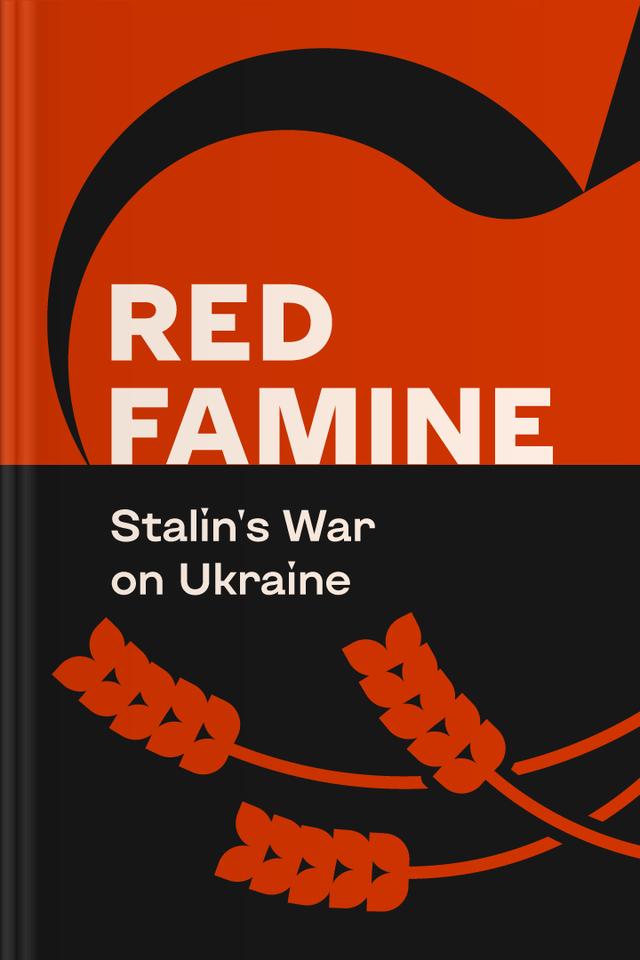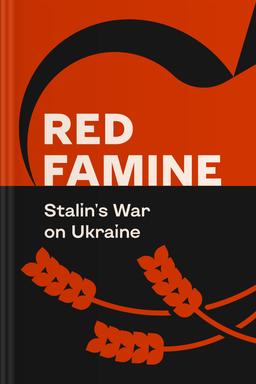You’ll learn
- About Ukrainian history
- Why Stalin organized famine in Ukraine
- Russification in Ukraine
- How USSR suppressed Ukrainian identity
russia has launched a full-scale war in Ukraine. Donate to support Ukraine and protect the world’s peace.

first KEY POINT
Ukraine had multiple chances of not “making it” to this point as a country. The Ukrainian nation, with its unique language and culture, has existed for over 1000 years. With major colonial powers across its borders, Ukraine has fought to exist as a sovereign and independent state for centuries. It stands at the center of significant historical events: the First World War, the Second World War, the Holocaust, and the Soviet Union’s collapse. And most important and unknown of all — the center of Stalinist terror.
A dictator of cruelty that can only compare to Hitler — Joseph Stalin was at the center of Ukraine’s most shocking and disturbing memories. One could call it a mass famine or hunger, but Ukrainians have their own word for it — Holodomor. In Ukrainian, “holod” stands for hunger, and “mor” means extermination. Even the lawyer who came up with the word “genocide” talked about Ukraine in the Stalinist era as a prime example of this concept.Many questions about Ukraine remain unanswered in the minds of many today. Why was Lenin so obsessed with occupying Ukraine? And why were Bolshevik leaders so fearful of an independent Ukraine at the same time? Why did massive famine kill millions of Ukrainians while there was no sign of hunger across the Russian border? Why do so many contemporary Ukrainians speak both Ukrainian and Russian?This piece provides a brilliant recap of Ukraine's history, discussing its most traumatic and hidden pages while answering all your questions about Ukraine's present and past. Today, everyone witnesses the nation’s struggle for the right to remain Ukrainian. Diving into its history will give you a deeper understanding of why Ukraine is again at the epicenter of events.
second KEY POINT
Descendants of Slavs and Vikings, Ukrainians take their roots from the ancient state of Kyiv Rus. In the 12th century, Ukrainians were already aware of having a distinct culture with their own language, food, customs, folklore, and rituals. Later, Ukrainians struggled to form a sovereign state, divided by the Polish-Lithuanian Commonwealth and the Russian empire.A group of courageous rebels known as Cossacks was the closest to obtaining autonomy from neighboring imperial rulers. They formed a prototype of modern Ukraine: a self-governing entity with its laws, borders, and distinct identity. They effectively revolted against Russian and Polish rule but were eventually liquidated as a potential threat to the Russian empire.

Continue reading with Headway app
Continue readingfirst KEY POINT
second KEY POINT
third KEY POINT
fourth KEY POINT
fifth KEY POINT
sixth KEY POINT
seventh KEY POINT